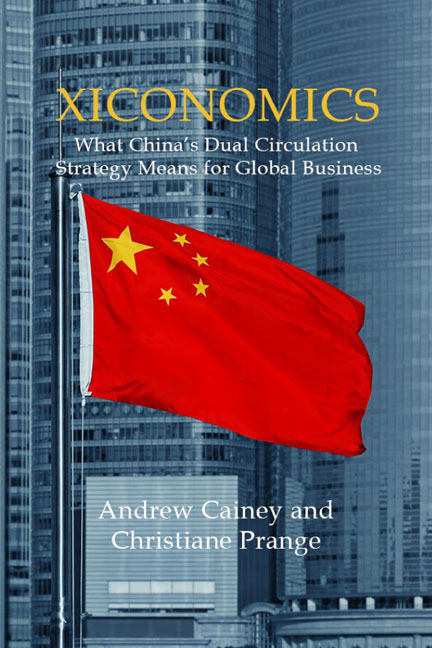8 - Multinationals and China
Published online by Cambridge University Press: 23 January 2024
Summary
In October 1978, at the very start of China's reform and opening up, Deng Xiaoping visited Japan. Among those he met was Konosuke Matsushita, founder of Matsushita Electric (later renamed Panasonic). Although he continued to talk of China's self-reliance, Deng asked Matsushita to help with foreign technology and investment: “China will embark on a modernization drive. While mainly relying on ourselves, China is considering drawing on foreign technology and investment. Can you give a little help to our modernization efforts?” Matsushita replied, “I will do everything to help”. In the early 1980s Matsushita exported manufacturing equipment to China and transferred technology in over 150 projects, including televisions, refrigerators, washing machines, air conditioners, compressors and motors. Forty years later, to the month, Tesla came to a transformed China to buy a plot of land in Shanghai for US$140 million and build a factory to serve China's booming EV market.
HOW MULTINATIONAL BUSINESS DEVELOPED IN CHINA
From 1979 onwards China offered multinationals the promise of a new low-cost manufacturing location. Special economic zones such as Shenzhen, Zhuhai and Xiamen were established in the southern and eastern provinces of Guangdong and Fujian. These led the way in offering favourable regulations, tax incentives and other policies to attract foreign investment. Depending on the region and the industry sector, foreign-invested enterprises enjoyed preferential treatment over Chinese companies. The benefits included tax reductions, reduced customs duties, simplified procedures for enterprise registrations and visa provisions and streamlined entry and exit provisions. In the automotive sector, Volkswagen (VW) was among the first foreign multinationals to emphasize China. Volkswagen first entered China in 1978, and in 1984 it signed a joint venture agreement to manufacture engines and Santana cars. Although the planned engine production was mostly for export, the cars were to be sold to government buyers and for use as taxis. But in 1984 Volkswagen saw only limited local market potential. Asked about the prospects for China as a major automotive market, the VW chairman stated, “We’re convinced this will not happen in the next twenty-four years.” Twenty-four years later China was the world's second largest market in terms of units, and in 2009 it overtook the United States to become the world's largest market in volume terms.
- Type
- Chapter
- Information
- XiconomicsWhat China's Dual Circulation Strategy Means for Global Business, pp. 115 - 128Publisher: Agenda PublishingPrint publication year: 2023



